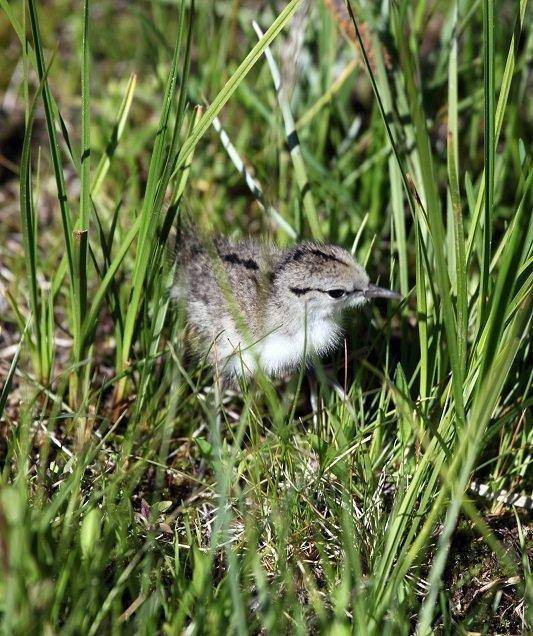DWR Press Release
DWR provides some answers
It’s not unusual to find a baby bird on the ground this time of the year.
Ron Stewart, regional conservation outreach manager for the Division of Wildlife Resources, says young birds often leave their nests before they’re able to fly. “They usually spread along the branch of a tree and call for their parents to bring them food,” he says.
While the birds are spread along the branch, it’s not uncommon for a strong wind to blow the birds off the branch and onto the ground.
If you find a baby bird on the ground, what’s the best way to help the bird? Stewart has some advice:
Tip 1 – Get the bird out of the reach of cats and dogs by placing it on a safe branch. “The baby will squawk,” he says, “and the parents will find it”
Don’t be concerned about leaving your scent on the bird. Stewart says most birds do not have a good sense of smell. “If you pick a baby bird up,” he says, “and place it on a branch, its parents won’t even know you’ve handled it.”
Tip 2 – While it’s fine for its parents to feed the baby bird, you shouldn’t. “Trying to hand feed a baby bird is not a good idea,” he says.
Stewart says birds have a specific diet. “Feeding them something that’s not part of their diet can kill them,” he says. “For example, many people are surprised to learn that robins are among only a handful of birds that can safely eat worms. Most birds can’t.”
Stewart says the best thing to do is put the bird back on the branch, and let its parents feed it. “They know what the bird can and cannot eat,” he says.
Tip 3 – If the baby bird is hopping around, you’ve found a bird that almost isn’t a “baby” anymore. These young birds are called fledglings. They have most of their flight feathers and are very close to taking their first flight.
If the bird isn’t in danger, leave it where you found it. This awkward “hopping” stage typically lasts two to five days. It’s part of the natural process a baby bird goes through, before it takes its first flight. Its parents are watching the baby bird and are still feeding it.
If you think the fledgling is in immediate danger, then move it carefully to a safer spot nearby.
Video and more tips
You can learn more about helping baby birds by watching this video: www.facebook.com/Slate/videos/10153975209486438.
Tips and information are also available from Wild Aware Utah. You can get the free information at www.wildawareutah.org/wp-content/uploads/BabyBirds2015.pdf and www.wildawareutah.org/utah-wildlife-information/baby-birds.

